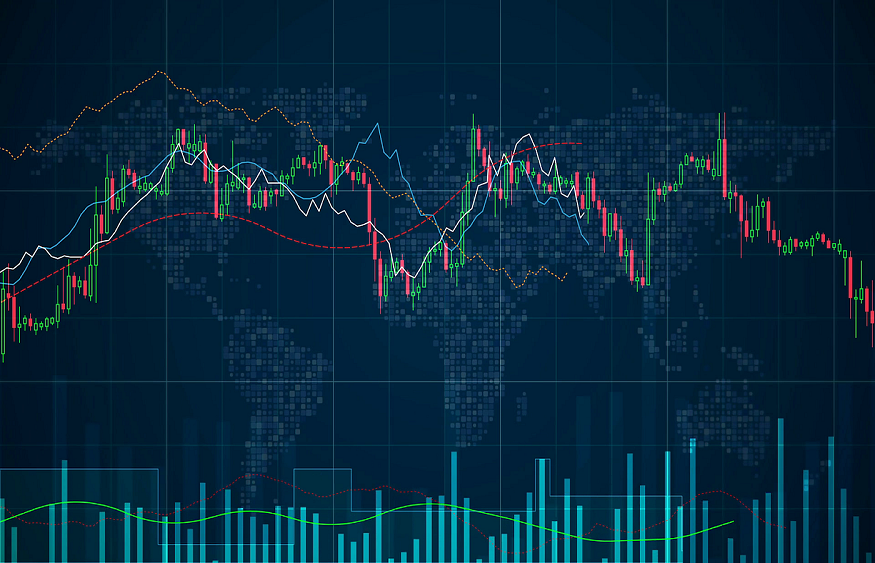
Automating Your Tradingview Alerts for Timely Notifications
One of the most important aspects of cryptocurrency trading is being aware of trends and changes in real time. This is made possible through the use of advanced charting platforms like Tradingview, which offers advanced indicators and charting tools to help traders make informed investment decisions. One of the ways to ensure timely notifications of these changes is through the use of Tradingview alerts. In this article, we’ll discuss how you can automate your Tradingview alerts to ensure timely notifications of important changes.
First, let’s take a brief look at Tradingview alerts. Tradingview alerts are notifications that traders receive via SMS text, email, or app push notifications when certain market conditions are met. Traders can configure alerts to be triggered when certain technical indicators, price or volume levels, or chart patterns are identified, among other conditions. Having timely alerts enables traders to make informed decisions based on the latest market changes, giving them an edge over others who may be reacting late to the market.
The manual setting up of Tradingview alerts can be tedious and time-consuming, especially when traders have to set up alerts for multiple trading pairs. However, this can be automated through the use of Tradingview’s webhook technology. A webhook is a way for an application to notify you when an event occurs. In Tradingview’s case, a webhook is used to automatically send alerts to a third-party application, such as Zapier or IFTTT, which can then notify traders via email, SMS, or push notifications.
Setting up a webhook is relatively easy; traders need to follow a few simple steps. First, they need to create a new Tradingview alert and choose the webhook option. Next, they need to copy the webhook URL provided by the third-party app. Then, they need to paste the webhook URL into Tradingview. Once completed, traders can customize their alerts further by configure the alert conditions to trigger the webhook.
Third-party apps like Zapier and IFTTT have further customization options that enable traders to filter alerts and limit the notifications they receive to specific trading pairs, indicators or market conditions, among other variables. For instance, traders can limit their notifications to specific alert triggers, such as moving average crossovers, trading volume spikes, or when prices reach a certain level. This allows traders to receive only relevant notifications, reducing the risk of being overwhelmed with too much information.
While Tradingview alerts are essential, they are not the only tool traders use to make informed trading decisions. Other tools include market sentiment analysis tools, news feeds, and social media monitoring applications, among others. These tools can also be integrated with Tradingview through the use of webhooks, allowing traders to receive notifications when specific keywords, trends, or news articles are identified on social media or news websites. This integration allows traders to keep updated with the latest news and events that may affect the markets they trade, enabling them to make better-informed decisions.
To conclude, automating Tradingview alerts is a crucial step towards making informed trading decisions. Timely notifications are essential for traders to react accordingly to market changes and opportunities. By automating Tradingview alerts, traders can save time and reduce the risk of missing out on critical opportunities.


